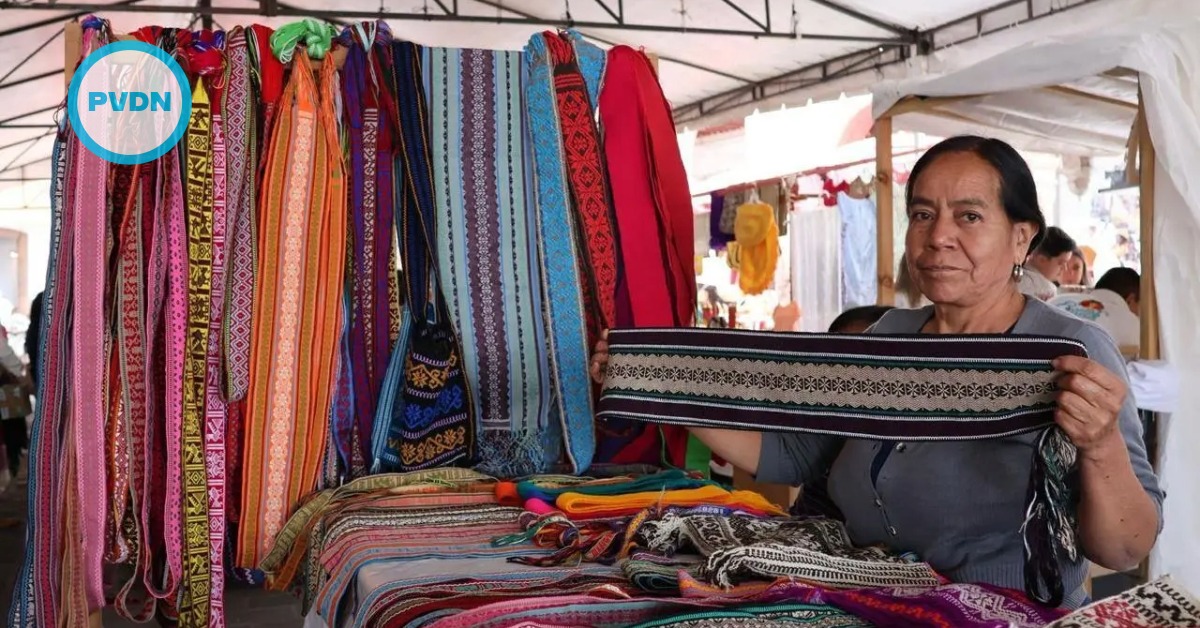Isaí Gómez, a Mexican apple grower, bitterly recounts the events of last season. Around this time last year, hope prevailed in Mexico’s high-desert apple country. Bad weather had devastated the two previous years’ harvests. But in the summer of 2013, the trees were heavy with fruit.
A couple months later, Gómez, along with his two brothers, harvested 1.5 million pounds of apples — their best haul in years. He was expecting to make about $200,000 in U.S. dollars. Then, they waited for the buyers who come from the cities to purchase apples directly from . . .






